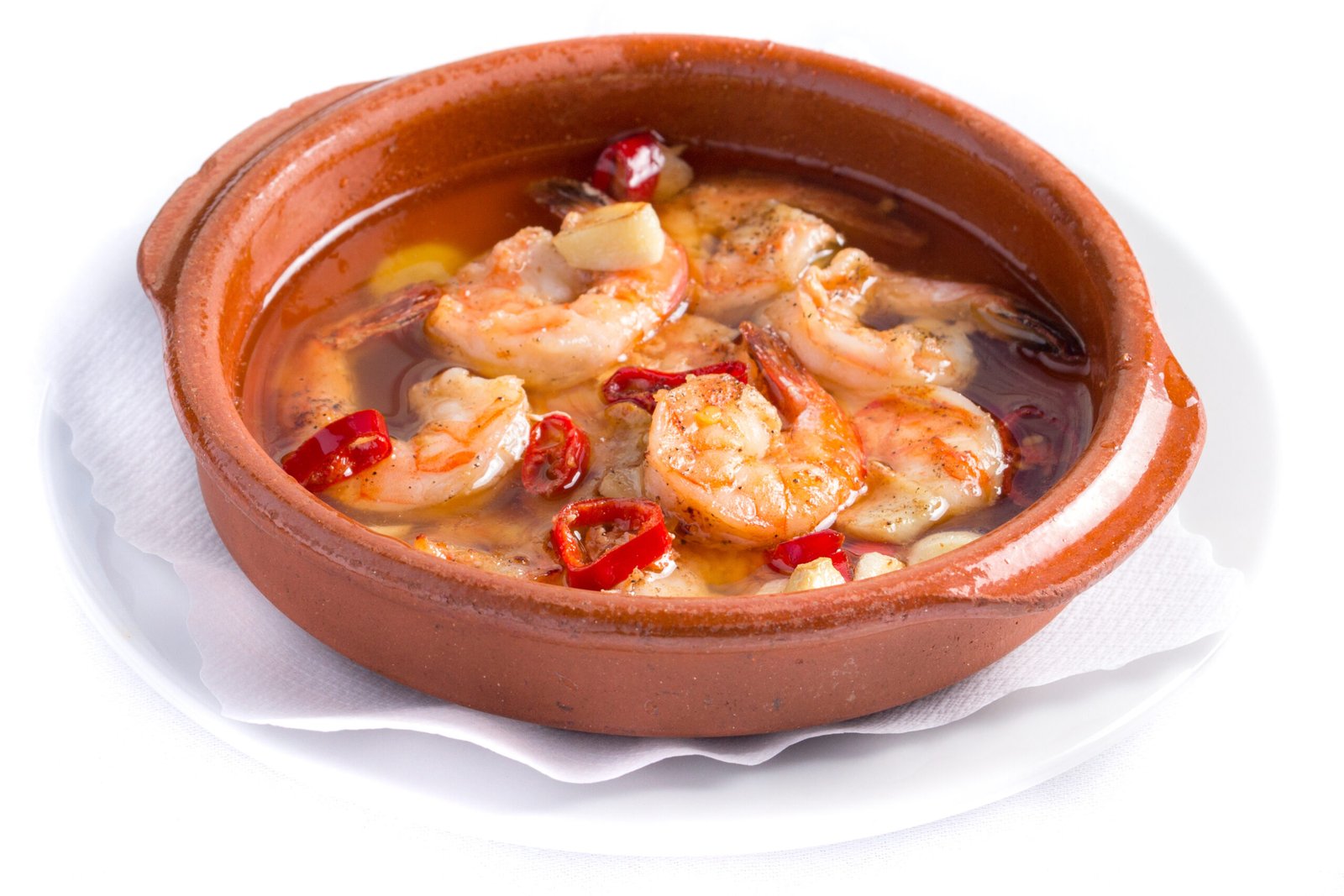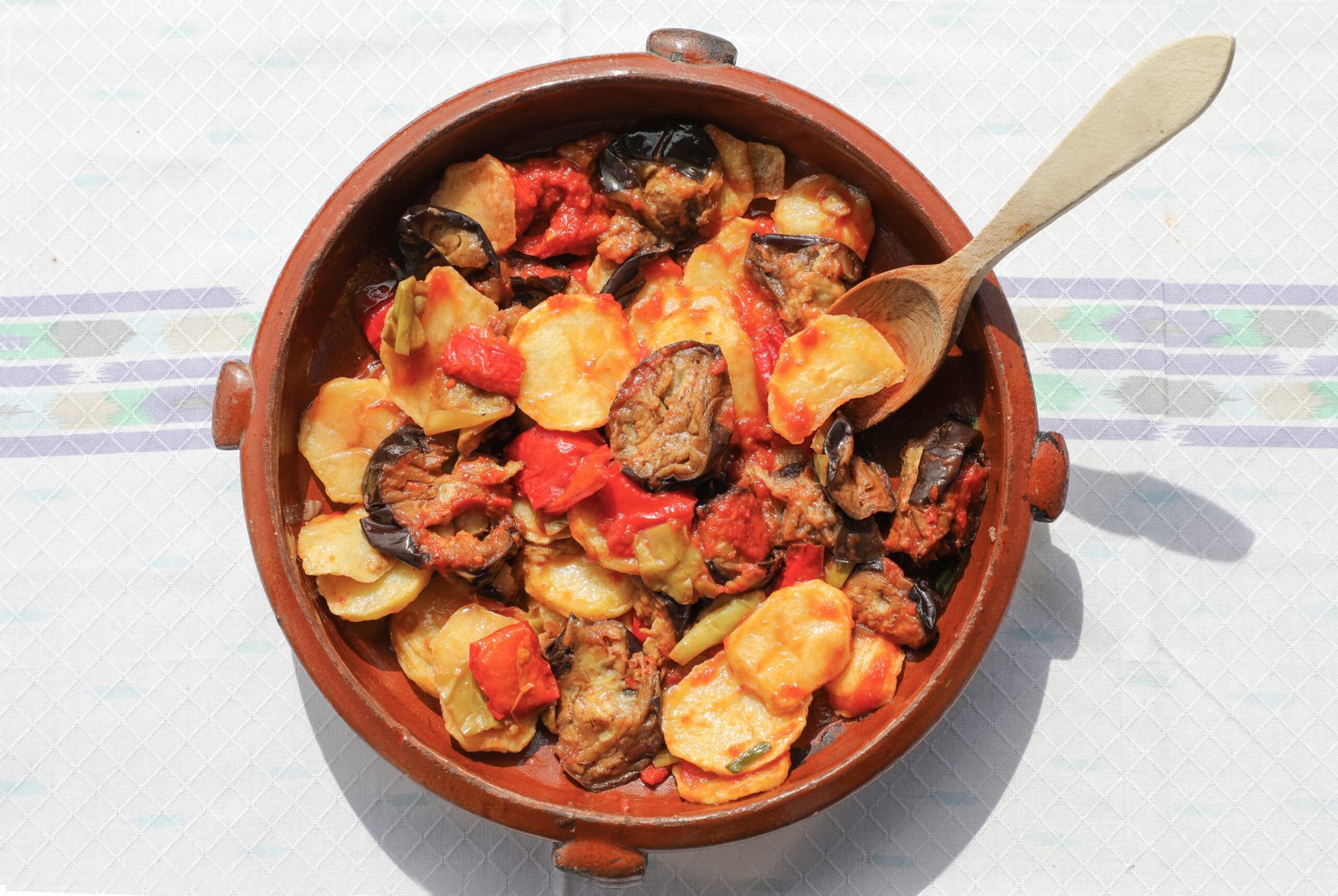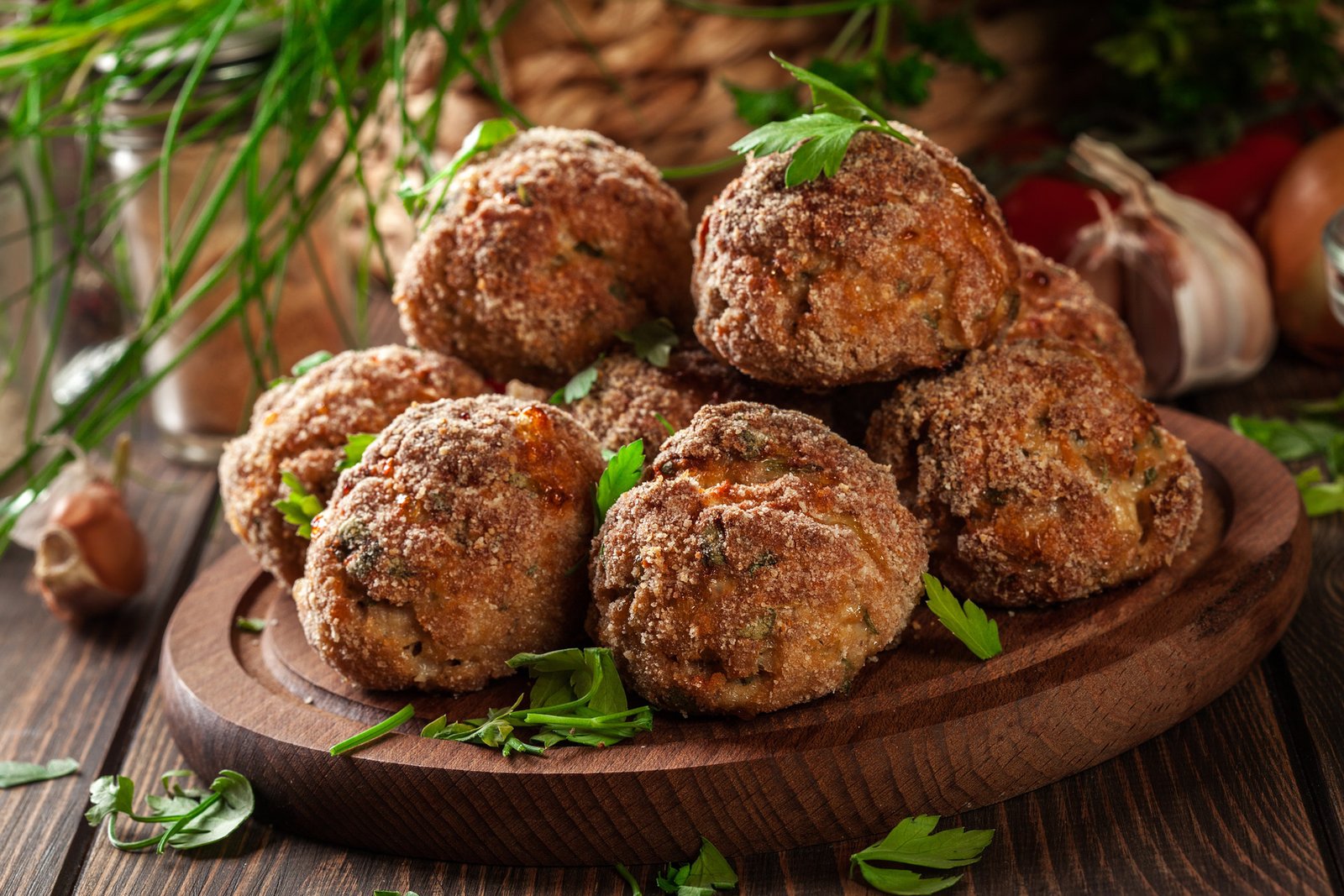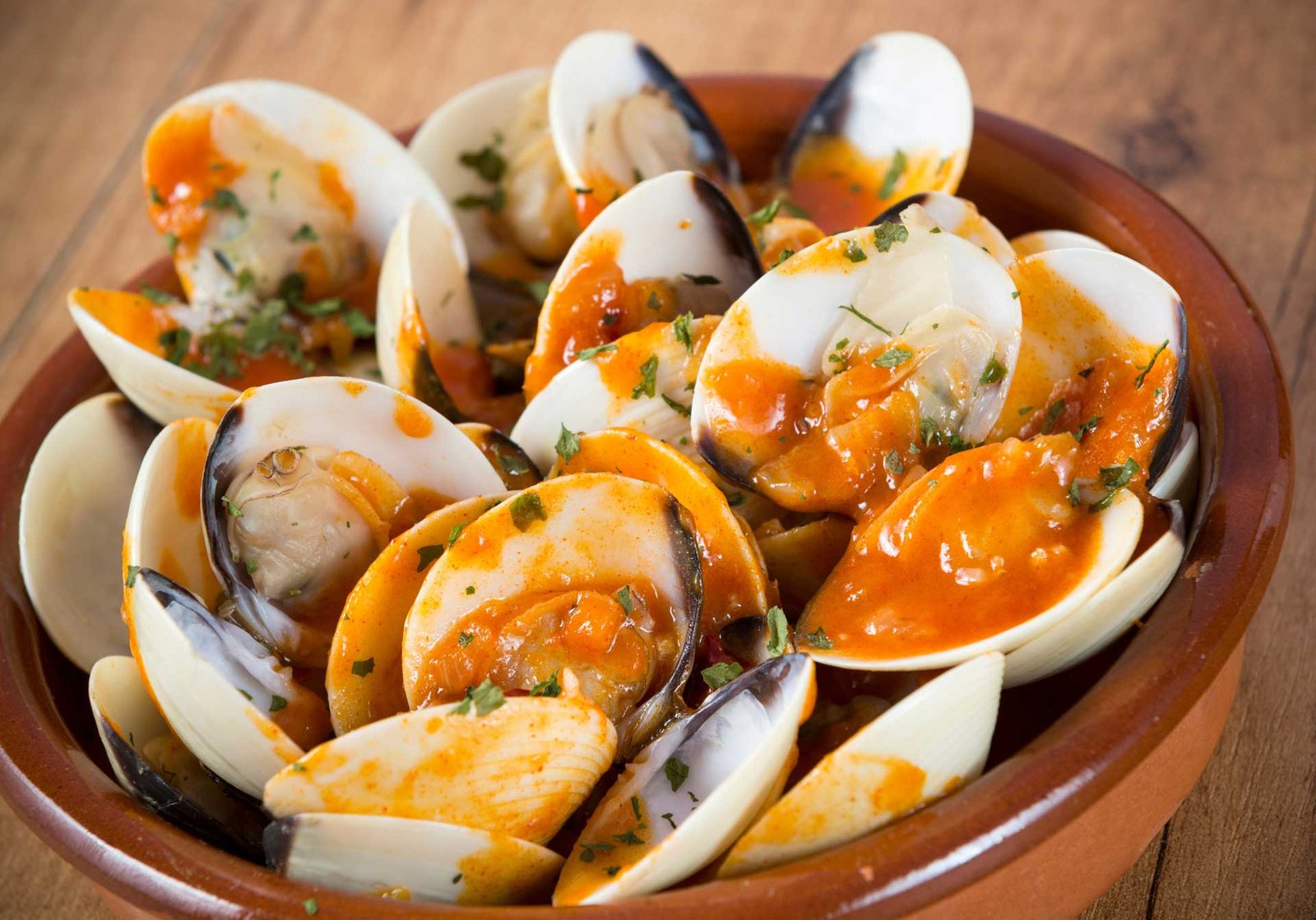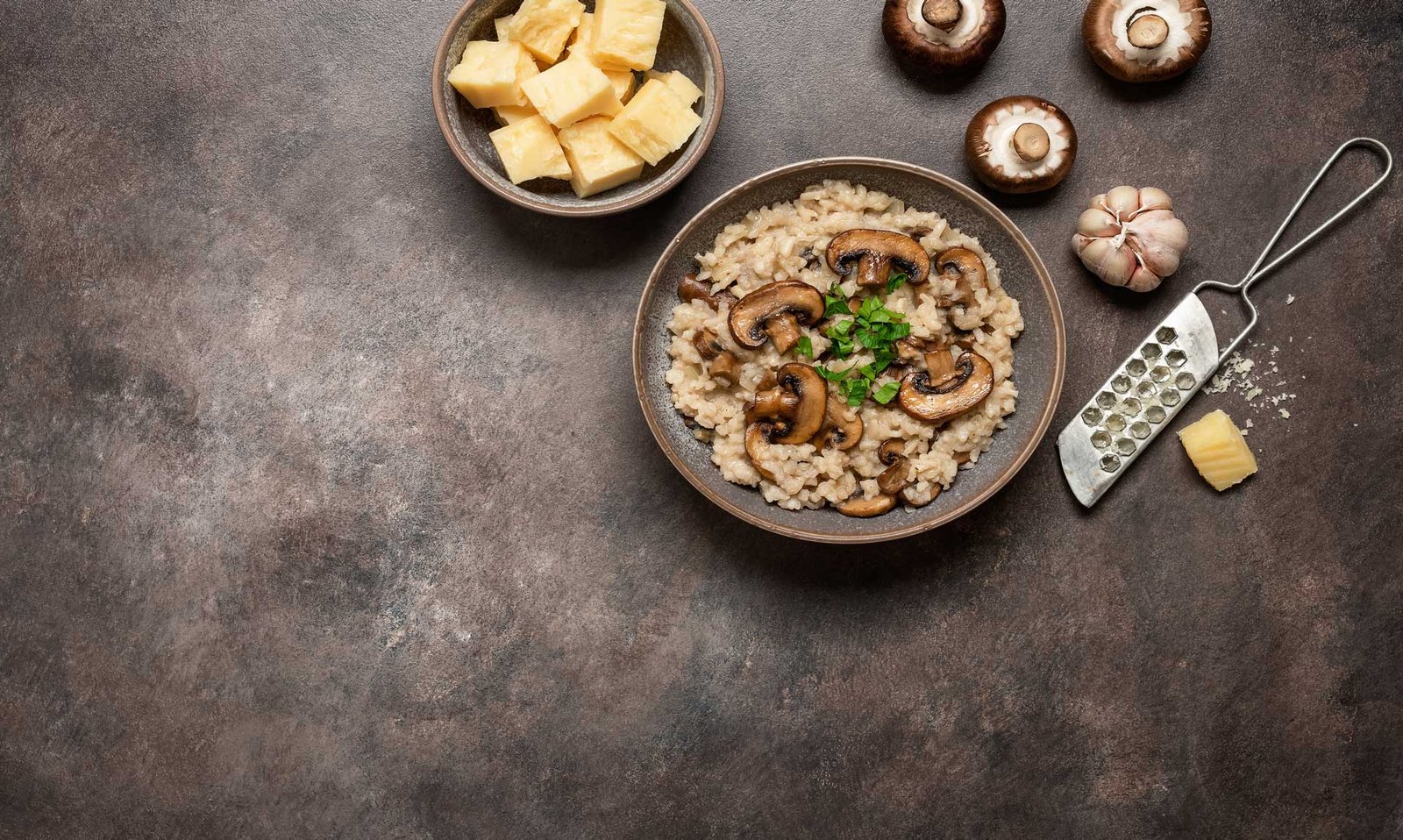Few Italian dishes generate as much debate as Spaghetti alla carbonara, a simple and quick recipe whose complexity lies in the technique and quality of the ingredients. Although the traditional version does not include cream or onion, extra virgin olive oil does have a place in many Roman kitchens to brown the guanciale, adding aroma and depth to the dish. This recipe recaptures the original flavor and presents it with the respect a classic deserves.
Contenidos / Contents
The secrets of an authentic carbonara
In Rome, carbonara is prepared without cream, garlic, onion, or complications. Just pasta, egg, cheese, guanciale (or cured pancetta), extra virgin olive oil, salt, and pepper. The challenge is to achieve a creamy, smooth sauce without turning the egg into an omelet. The key: technique, precision, and care.
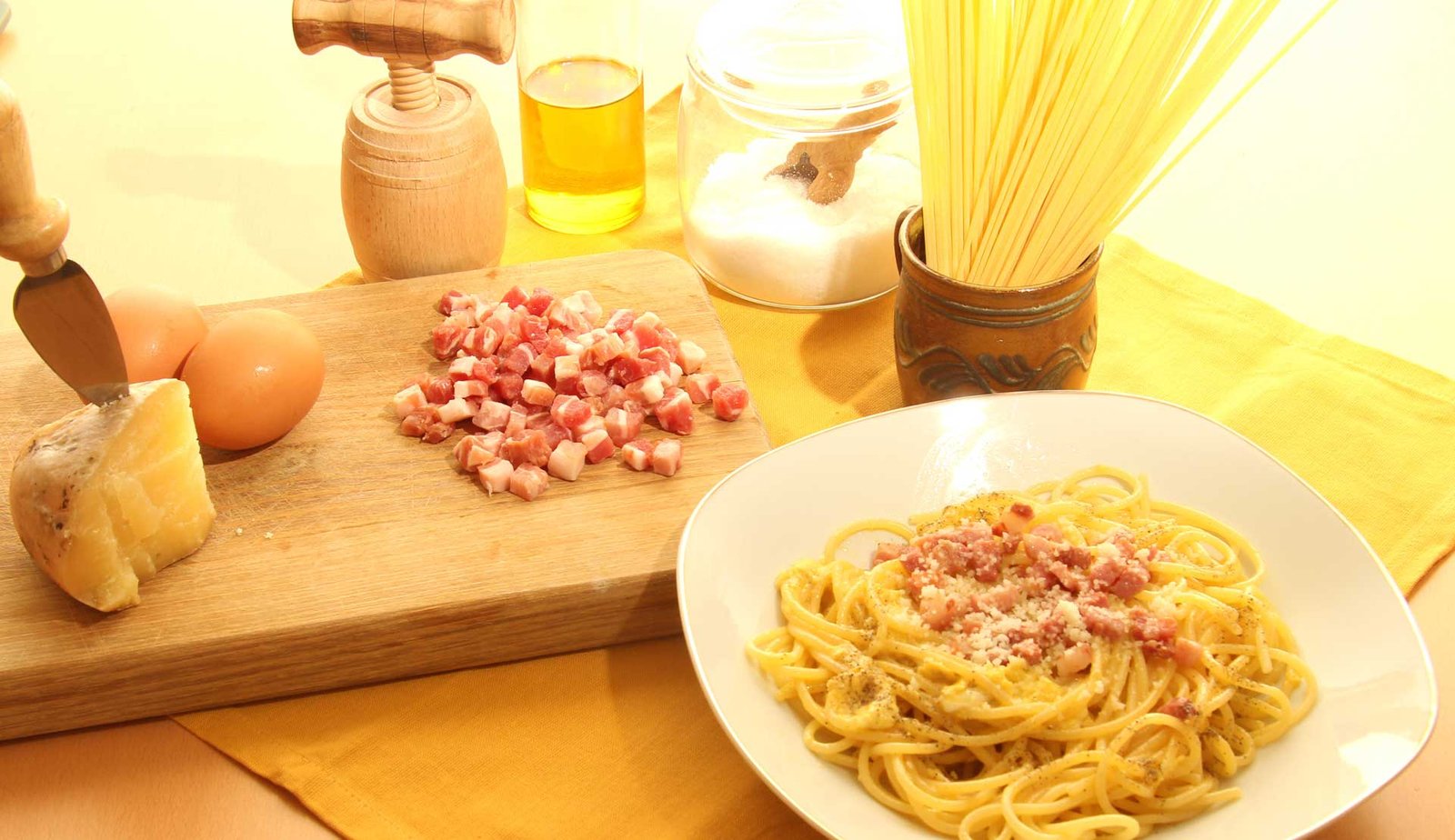
Ingredients (serves 2)
- 240 g spaghetti
- 100 g guanciale (or good quality Italian cured pancetta)
- 2 eggs (medium)
- 40 g grated Pecorino Romano cheese
- 40 g grated Parmesan cheese
- 1 tablespoon extra virgin olive oil
- Salt (a little, as the cheese and guanciale are already salty)
- Freshly ground black pepper
Equipment
- Large frying pan
- Large pot for boiling the pasta
- Fine grater
- Bowl for beating the eggs
- Wooden spoon or large fork
Step-by-step instructions
- Prepare the guanciale:
- Cut the guanciale into small cubes. Heat a frying pan with a tablespoon of extra virgin olive oil and brown over medium-low heat until crispy on the outside but still juicy. Remove from the heat and set aside, reserving the fat.
- Cook the pasta:
- Boil the pasta in plenty of salted water until it is al dente. Just before draining, reserve a cup of the cooking water (approximately 100 ml).
- Prepare the egg and cheese mixture:
- Beat the eggs in a bowl with the grated pecorino and Parmesan cheese. Add a pinch of salt and plenty of black pepper. The mixture should be thick and creamy.
- Assemble the carbonara: Gently reheat the guanciale in its fat.
- Add the drained pasta directly to the pan and stir to coat well. Remove from the heat.
- Pour in the egg and cheese mixture and gradually add the hot cooking water (not boiling), stirring constantly so that the sauce emulsifies without curdling. The texture should be creamy, shiny, and coat each strand of pasta well.
Protip
To prevent the carbonara from curdling, it is essential that the pan is not on the heat when you add the egg. Use only the residual heat from the pasta and guanciale. If you want more control, mix in a separate bowl off the heat and return to the pan at the end.
Variations
- Vegetarian carbonara: replace the guanciale with smoked tofu or sautéed mushrooms. It’s not traditional, but it’s tasty.
- With extra yolk: add only egg yolks for an even silkier texture.
- With infused oil: fry pepper or a pinch of chili in the oil before browning the guanciale for a different aroma.
Nutritional values per serving (approximate)
- Calories: 640 kcal
- Fat: 35 g
- Carbohydrates: 48 g
- Protein: 28 g
- Fiber: 2 g
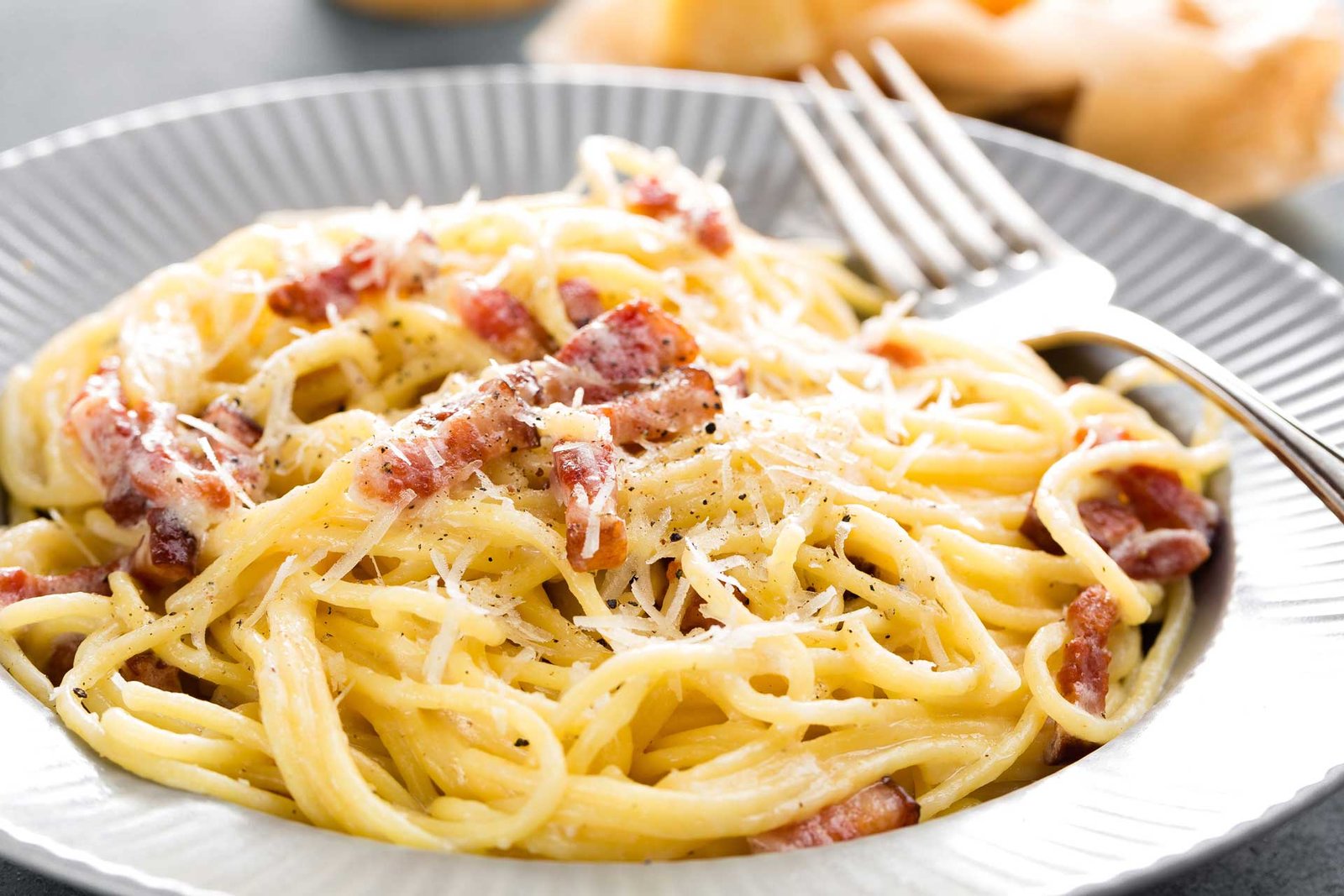
Frequently asked questions (FAQs) about spaghetti alla carbonara
Can I use bacon instead of guanciale?
Yes, but the flavor will be different. Guanciale gives it a unique aroma. Choose unsmoked cured pancetta if you can’t find guanciale.
Does carbonara contain cream?
No. Traditional Italian carbonara does not contain cream. The creaminess comes from the egg, cheese, and cooking water.
What type of olive oil should I use?
Use extra virgin olive oil with a mild, fruity flavor. It should complement the guanciale without masking it.

